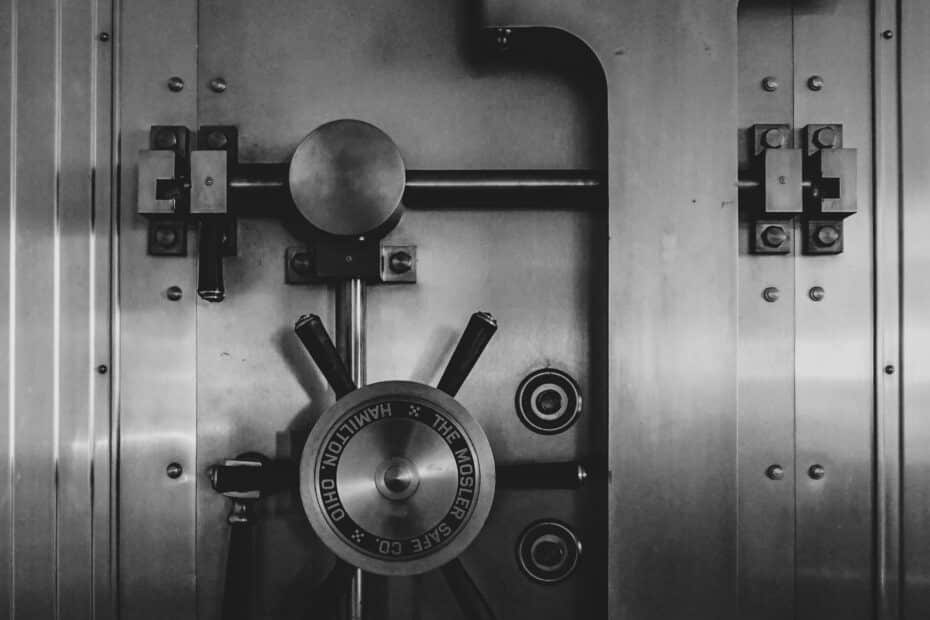In this article, Clément Fontaine, a PhD law student at Aix-Marseille University, explains how IP and NFT can work together.
By Clément Fontaine
Why IP rights are essential for creators
The purpose of Intellectual Property rights (IP) is to protect creation. It is divided into two primary legal areas:
- Copyright that includes artistic and literary property
- Industrial property rights include inventions (patents), trademarks, industrial designs and models, and designations of origin.
Creations covered by the right of industrial property are protected by an authorised body such as The European Patent Office (EPO). Conversely, copyright law protects works at the time of their creation – even without registration. Their protection is ensured internationally by the Berne Convention with a total of 177 contracting countries; in Europe by EU Directive 2006/116 / EC of the European Parliament and of the Council of December 12, 2006, relating to the term of protection of the right to author and certain related rights.
So creations protected by copyright mean that the authors enjoy exclusive property rights because they created the work. Indeed, it confers two types of rights:
– Moral rights protect the author’s non-economic interests.
– Economic rights allow the holders of the rights to receive remuneration for the exploitation of their work by third parties.
EU Directive 2001/29 holds a list of economic rights:
• A right of reproduction, which includes the right to authorise or prohibit digital reproductions and temporary copying of the work;
• A right of communication to the public, which provides that the people may access the protected work;
• A rental and lending right, which provides for exclusive rights to authorise or prohibit the rental and lending of the protected work;
• A right of distribution, which includes authorising or prohibiting the first sale or transfer of ownership in the EU territory.
However, it isn’t easy to prove the original ownership and the date of creation – i.e., before a counterfeiter. That is why timestamps are essential.
For example, in 2018, a designer developed a new watch model launched on the market in January 2020. Shortly after, the designer realised that a copy of the watch had been sold since 2019. Now, only if he can prove – for instance, through a timestamp – that he created the watch design before his competitor will he obtain the protection of the design.
How NFTs benefit IP
First, the option of timestamping through blockchain technology increases the proper evidence of creators over their creation. NFTs are always timestamped, and representing an artwork or any other type of asset by an NFT easily allows the issuer of the NFT to prove the date of the issuance of the NFT.
Second, an NFT can incorporate IP rights through an NFT public licence. An NFT public licence is a derivative of a free Licence, also known as a copyleft licence. The licence is incorporated into the NFT and thus, allows the creator to incorporate its IP.
This second benefit can fix IP correct issues arising from the use of NFTs. For instance, the creator can make its NFT exclusive by contract. Remember that a creator keeps all his IP rights. This means that without this licence, a creator could recreate another NFT incorporating the artwork already incorporated in a sold one. By making its NFT exclusive by contract, the artist undertakes not to recreate an NFT incorporating the same work like that already represented by its NFT. The buyer of the NFT become the buyer of a truly exclusive NFT artwork. Following this kind of problem, a few organisations, such as Tokenart DAO, created a licence to be incorporated into NFTs.
A new area for creators
These two NFT features can directly benefit creators. Art, sculpture, film, music, collectable, movies, avatar, design, code, invention, painting, etc., are all the possible assets behind those protections and licenses, representing a new way of protecting, sharing, and monetising IP creation.
Photo by Jason Dent on Unsplash





